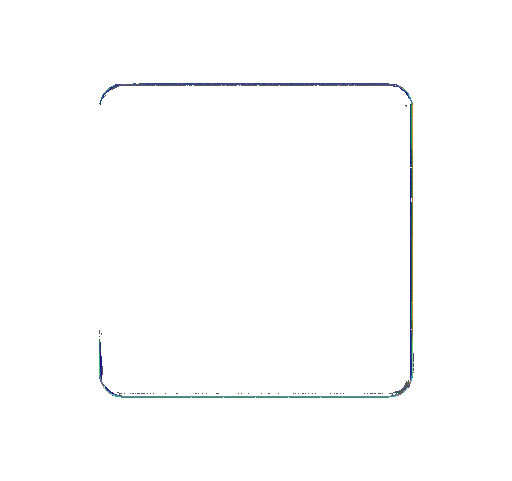Dev Release 21
Stream Channels in BlockDAG Networking
Implementation Details & benefits
Multi-Producer Single-Consumer (MPSC) Architecture in BlockDAG
Algorithm & Pseudocode Outline for MPSC in BlockDAG
Conclusions & Next steps!
Greeting BlockDAG community,
We're currently advancing along our development roadmap, focused on integrating peer-to-peer (P2P) networks into blockDAG. An essential part of this integration is establishing effective communication channels between nodes, which requires selecting a robust algorithm for successful implementation.
In today's post, we explore protocols to identify the ideal fit for BlockDAG. We've investigated two prominent techniques: stream-based communication and Multi-Producer Single-Consumer (MPSC) architectures. Let's delve into the technical specifics.
Stream Channels in BlockDAG Networking
Within the context of blockDAG networking, stream channels represent logical pathways established between nodes to facilitate the transmission of critical data, such as transactions or blocks. These channels enable direct and efficient communication between nodes within a decentralized blockDAG network.
Key Concepts:
- Data Transmission: Stream channels facilitate the exchange of transactions, blocks, or other network-related data directly between blockDAG nodes.
- Direct Communication: Nodes communicate peer-to-peer without relying on centralized intermediaries, which enhances network resilience and decentralization.
Implementation Details & benefits
Stream channels can be implemented using various networking protocols tailored to blockDAG environments, including:
- TCP/IP Connections: Establish reliable and ordered stream channels for transmitting blockDAG data.
- WebSocket Communication: Enable bidirectional communication over a single, long-lived connection, suitable for real-time data exchange.
Benefits of Stream Channels in BlockDAG:
- Efficient Data Exchange: Optimize data transmission between blockDAG nodes, reducing latency and network overhead.
- Decentralization: Enable direct peer-to-peer communication, reducing reliance on centralized infrastructure.
- Resilience: Enhance network resilience by providing multiple pathways for data propagation, mitigating the impact of node failures.
Multi-Producer Single-Consumer (MPSC) Architecture in BlockDAG
In the context of blockDAG, MPSC involves multiple nodes (producers) concurrently generating data or messages intended for consumption by a single node (consumer). This architecture necessitates synchronization and coordination to ensure efficient data delivery.
Algorithm & Pseudocode Outline for MPSC in BlockDAG
The MPSC algorithm involves several key steps tailored to blockDAG environments:
- Producers Initiation: Each producer node initiates data generation and message transmission.
- Data/Message Delivery: Producers concurrently transmit data or messages to the single consumer node using synchronization mechanisms.
- Consumer Processing: The consumer node receives and processes incoming data/messages from multiple producers.
- Flow Control: Implement mechanisms to manage data/message delivery rate based on network conditions and consumer's processing capacity.
Pseudocode Outline for MPSC in BlockDAG:
1. Initialize Producers: - Each producer node starts generating data or messages.
2. Data/Message Transmission: while true: for each producer:generate_data_or_message() send_data_or_message_to_consumer()
3. Consumer Reception and Processing: while true: for each incoming data/message: process_data_or_message()
4. Flow Control: - Implement mechanisms to manage data/message delivery rate based on network conditions.
5. Termination: - Close connections and handle any remaining tasks upon data consumption completion.
This pseudocode provides an overview of how MPSC can be implemented in a blockDAG network, emphasizing synchronization and coordination mechanisms essential for efficient data delivery from multiple producers to a single consumer. Actual implementations would include error handling, optimization strategies, and scalability considerations tailored to specific blockDAG network requirements.
Conclusions & Next steps!
So far we have explored these two protocols and algorithms along with its technical implementation. As the week ends we'll have more concrete decisions around the protocols and algorithms that can be implemented in BlockDAG for best results.
Along with this we are also working on remote procedure calls(RPC) which refer to a mechanism that allows nodes to invoke procedures or functions on a remote blockchain node. RPC enables interactions with a blockchain network through a simple and standardized interface, abstracting away the complexities of network communication and node management
